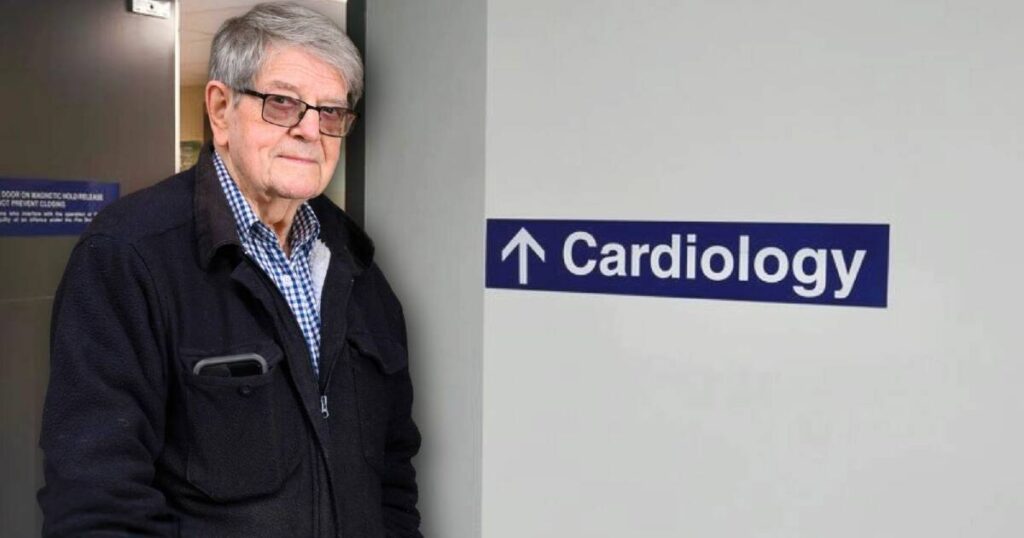
A surge in population and an increase in cardiac arrests have led to a significant rise in the number of patients waiting for a heart rehabilitation program at North Canberra Hospital. From June to September, the waiting list for this critical service more than doubled, according to government sources.
In early June, 42 individuals were on the waiting list for a cardiac rehabilitation appointment. By mid-September, this number had escalated to 94. Despite concerns, officials have clarified that these waitlists are not linked to recent resignations of cardiologists at the hospital.
Understanding the Demand Surge
The cardiac rehabilitation program at North Canberra Hospital is managed by nurses, and as such, the availability of cardiologists does not directly affect its operation. A spokesperson for the hospital stated, “Cardiologist staffing levels do not impact its delivery.” They further explained that the demand for these services fluctuates naturally throughout the year.
“The recent increase in demand since June is not linked to any specific cause but rather reflects the increased population and a rise in the number of individuals who have experienced cardiac events,” the spokesperson added. Some international studies have suggested a correlation between colder weather and an uptick in heart-related issues, which might partially explain the seasonal demand.
Patient Concerns and Government Response
Eric Hunter, a resident of O’Connor, expressed his frustration over the prolonged wait times. After undergoing heart valve replacement surgery in Sydney, Hunter attempted to book into the clinic in August, only to face an “unacceptable” delay. “Cardiac rehab is a critical follow-up to serious heart procedures such as mine,” he emphasized. “One would expect it to be given appropriate priority through the provision of adequate and timely resources through our public health system.”
Currently, patients face an 80-day wait for the cardiac rehabilitation clinic at North Canberra Hospital. This six-week program is essential for helping individuals recover from heart attacks, coronary artery stenting, or heart surgery by teaching them how to reduce the risk of future heart problems.
Comparative Analysis: Woden Hospital
Meanwhile, the situation at Canberra Hospital in Woden appears more manageable. As of Tuesday, 40 people were on the waiting list for cardiac rehabilitation, with an average wait time of 35 days. Additionally, 20 patients had been deferred for staged procedures or other interventions.
There are also 23 patients waiting for a heart function rehabilitation appointment at Canberra Hospital. As of late August, some patients requiring urgent cardiac surgery had waited longer than the recommended 30 days, highlighting ongoing challenges in the healthcare system.
Impact of Cardiologist Resignations
In July, North Canberra Hospital faced a significant challenge with the resignation of its permanent senior cardiologists. The government assured the public that these resignations would not affect patient care, employing locum doctors to fill the gaps temporarily. However, the hospital continues to advertise for cardiology locum positions, offering competitive rates to attract specialists.
An advertisement posted recently offered a locum specialist cardiologist $4,500 a day to work at the hospital, underscoring the urgency of the situation. Comparatively, other locum roles in Canberra are offered between $2,500 and $3,000 daily.
Broader Implications and Future Outlook
The ongoing issues at North Canberra Hospital reflect broader challenges within the healthcare system, particularly in managing resources and meeting the needs of a growing population. Coronary heart disease remains a leading cause of death in Australia, responsible for a quarter of all deaths in 2022. Historical data and international research indicate that heart-related incidents tend to increase during colder months, potentially exacerbating the current situation.
As the government continues to address these challenges, patients and healthcare providers alike are calling for more robust solutions to ensure timely and effective care. The situation at North Canberra Hospital serves as a reminder of the critical need for ongoing investment and strategic planning in public health infrastructure.







